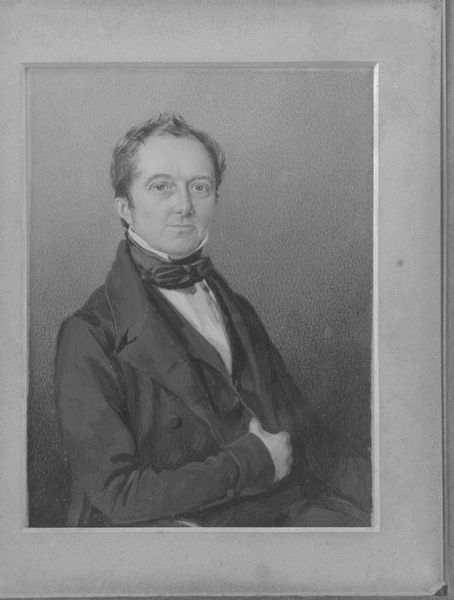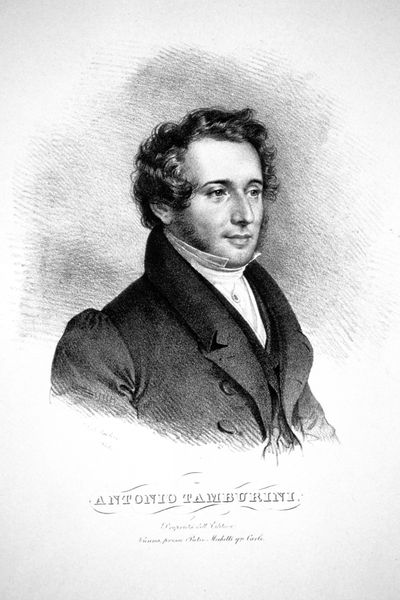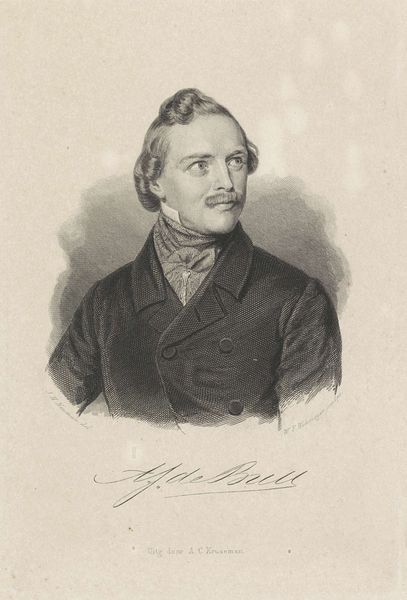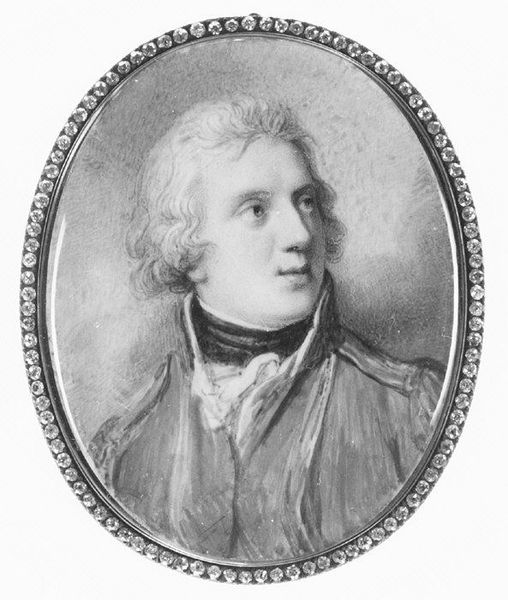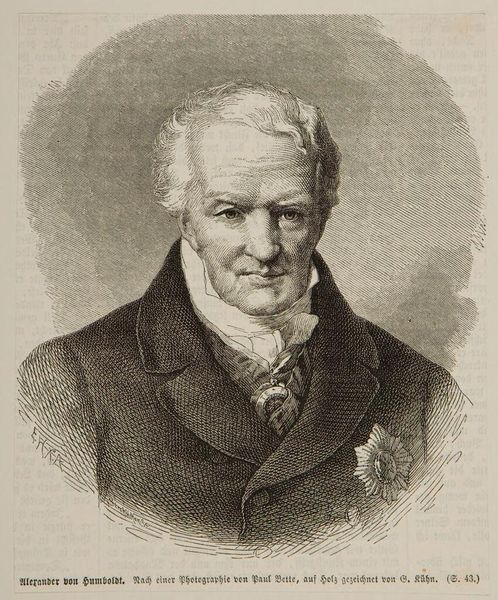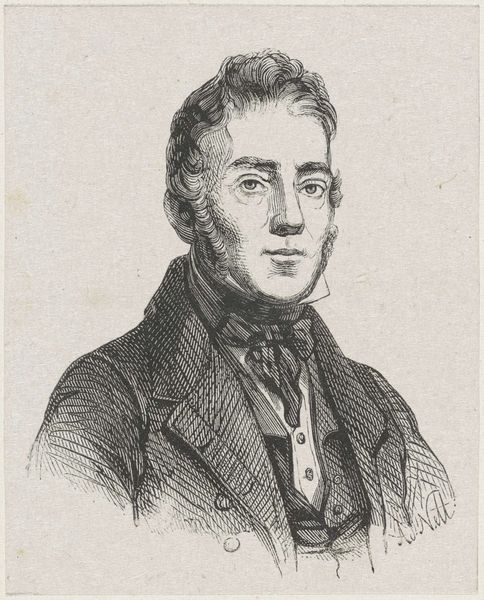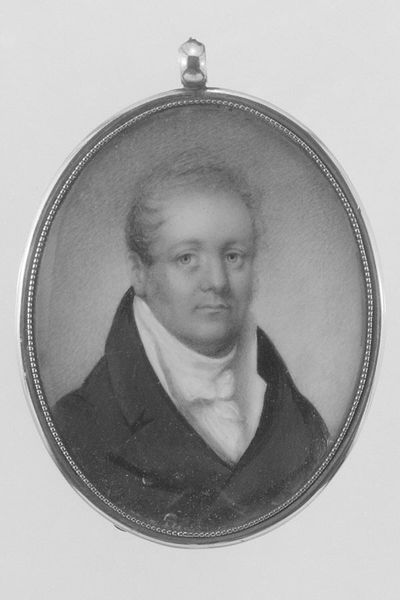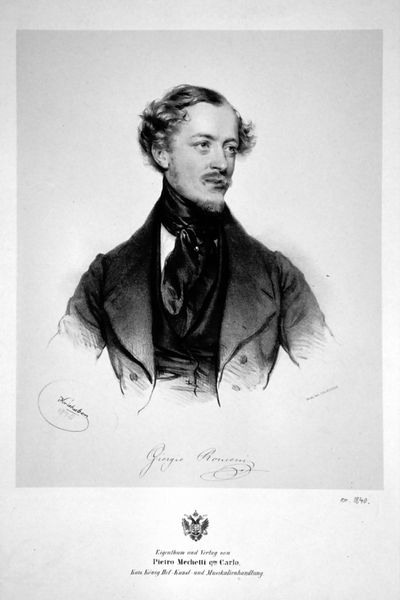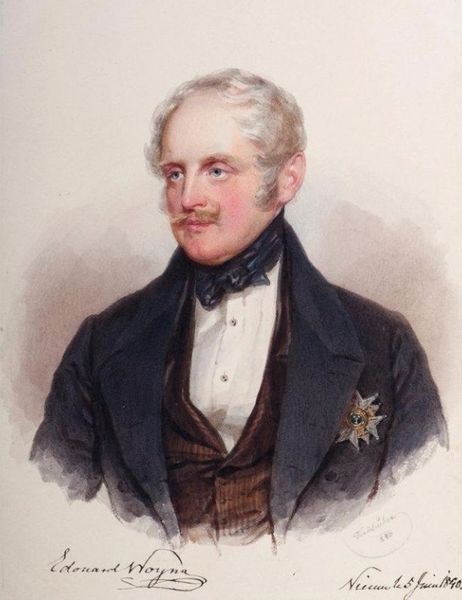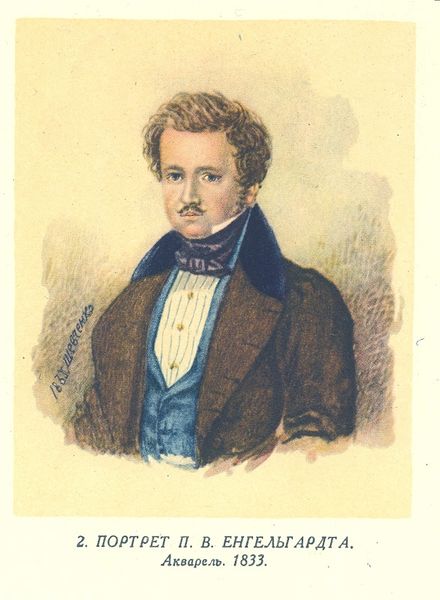
drawing, pencil
#
portrait
#
drawing
#
portrait
#
charcoal drawing
#
romanticism
#
pencil
#
portrait drawing
#
realism
Copyright: Public domain
Curator: Looking at this portrait, what immediately strikes you? It's a drawing, rendered with pencil and charcoal, of a man named Adalbert Hysel, who was a lieutenant. It was completed in 1841 by Johann Baptist Clarot. Editor: The subdued light and delicate lines certainly lend a somewhat melancholic air to the portrait. He seems pensive, reserved. There's a strong emphasis on capturing his likeness, his character. Curator: Indeed, and understanding that this was a period dominated by powerful societal structures and gendered expectations allows us to look into his position as an officer, the obligations of the uniform. The way his attire presents this image of an early 19th century military officer almost as an impenetrable barrier of hierarchical norms. How would you assess its place in art history? Editor: The romantic sensibility of the piece is quite evocative, despite the rigid posture so popular with formal portraits of the era. But it does remind us of how class was reflected and maintained in such portrayals. He is at once idealized, yet subtly representative of the structures around him, isn't he? The portrait would become, by definition, the visual representation of an accomplished member of society, confirming, through art, that Hysel was entitled to perpetuate this hierarchy. Curator: Exactly! Portraits such as this one become fascinating social documents. By subtly immortalizing Lieutenant Hysel, Clarot reveals not just an individual, but a set of deeply embedded codes. The way that he has been drawn suggests a celebration of tradition and order, subtly underscoring existing power structures. This is particularly evident in the subject’s formal attire. The picture plane acts as a visual frame, perpetuating a visual idea that would further shape contemporary cultural practices and politics of identity. Editor: And while Clarot employs realism to document Hysel’s appearance, there's a trace of idealization as well. We are seeing more than an image of Hysel: the portrait encapsulates an entire social context and how Hysel interacts within his society, how he contributes to the creation of identity constructs. Curator: It's quite thought-provoking how much is conveyed within a single image, once we start unpacking it. Editor: It is. Every line, every carefully considered detail invites us to contemplate how much has changed, and equally, what stubbornly persists.
Comments
No comments
Be the first to comment and join the conversation on the ultimate creative platform.
